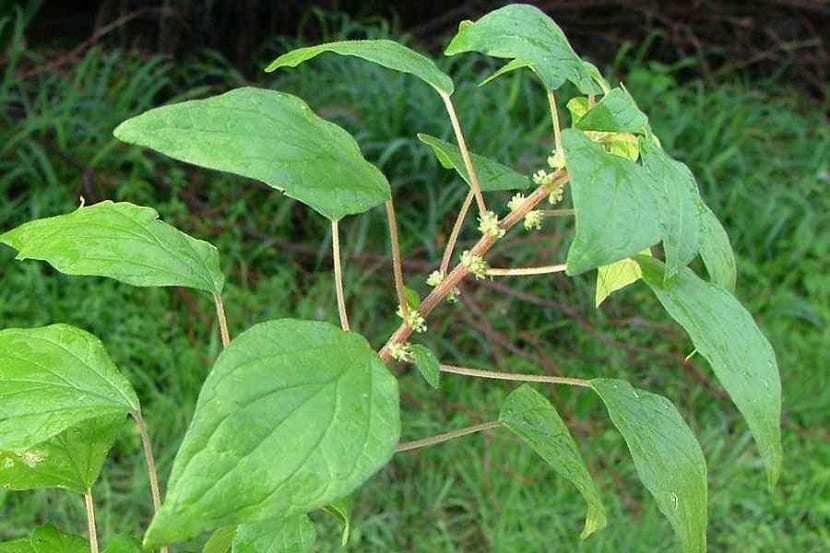
Who has not ever heard that they are allergic to parietaria pollen? Surely some of your relatives, acquaintances or even yourself are allergic to the parietaria. It is a plant with a double aspect from the point of view of relationship with man. On the one hand, it has excellent medicinal properties that it has helped and that helps enormously in medicine. On the other hand, it is one of the main causes of spring allergies (and in many cases annual) of thousands of people.
In this post you can learn everything related to the parietaria, from its characteristics and cultivation to how dangerous it can be for allergy sufferers. Do you want to know more about this plant? Keep reading.
Key features
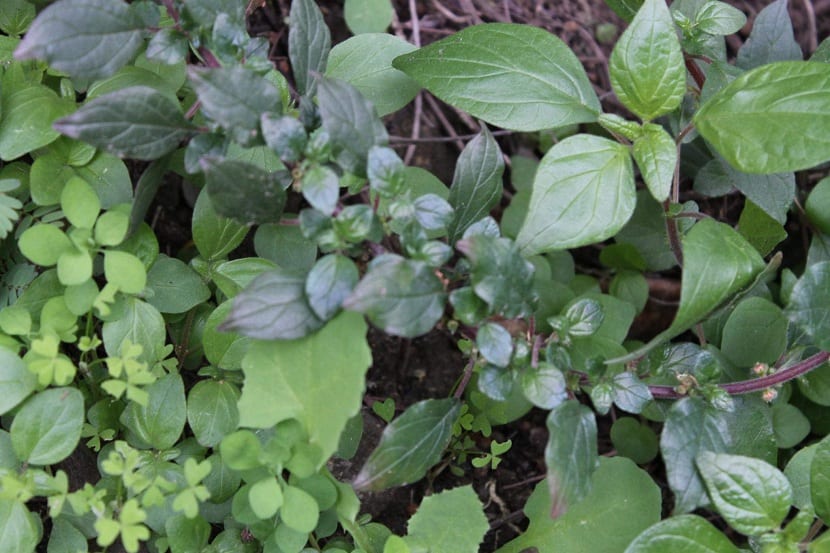
The scientific name is Parietaria officinalis L. It is also known by other common names such as walkway, glazed grass, wind grass, wall grass, calataria, and canigea.
It is a herbaceous plant with a spindle-shaped root an erect stem that can grow to about 40 cm. It is tender and fleshy and is divided into multiple branches. We find alternate and petioled leaves that, if we touch them, are quite soft. They are one of these sheets that easily adhere to clothing.
Origin and cultivation
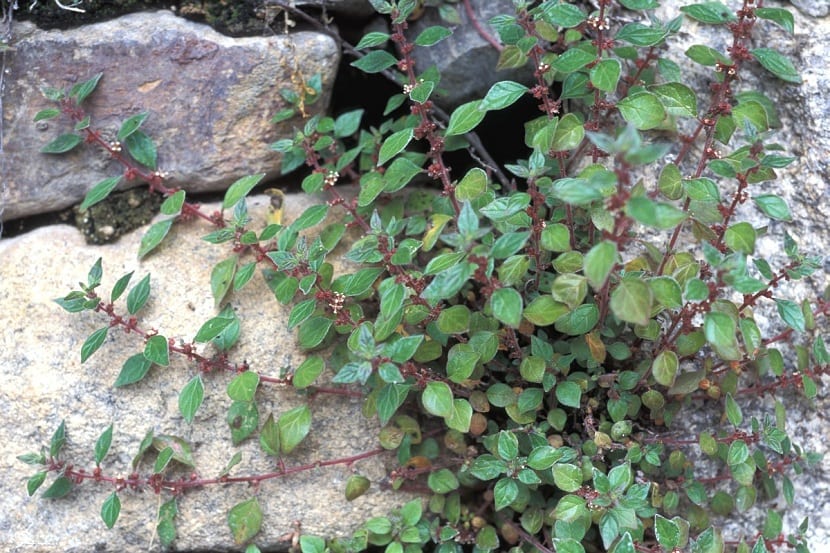
The parietaria has its origin in Europe and has been able to spread almost everywhere. It has a great capacity to adapt to the media and can survive almost anywhere. For example, it is able to survive in ruined walls, rocky terrain where there is hardly any nutrients, roadsides and even castle walls.
It is a plant that can grow relatively easily on walls. This is because the soil is not well cared for and the seeds brought by the wind germinate and colonize these places. Their adaptability is incredible although, like all plants, they have a preference for a particular type of soil. In this case they are calcareous soils, rich in nitrogen and shaded. In this type of soil, it usually reaches its full potential.
The weakness of the parietaria is the plants that can grow around it. They are easily defeated by competition for both territory and nutrients. This is one of the reasons why, in order to spread, it uses the places mentioned above.
When it comes to cultivating it, we can do it using the method of direct sowing with seed. It is a propagation with a high success rate if it is carried out in a seedbed where growth can be perfectly controlled. If, on the other hand, we try to sow it directly in the ground, we must be careful with the plants that grow around it and eliminate any weeds that appear.
If you want to grow industrial crops, it is more appropriate to use the technique of cuttings from a mother plant that is favorable. In this way we will be guaranteeing a good propagative success while we are sure that it will be a good quality product. In addition, it will help us to streamline the cultivation process.
What should you know about the parietaria
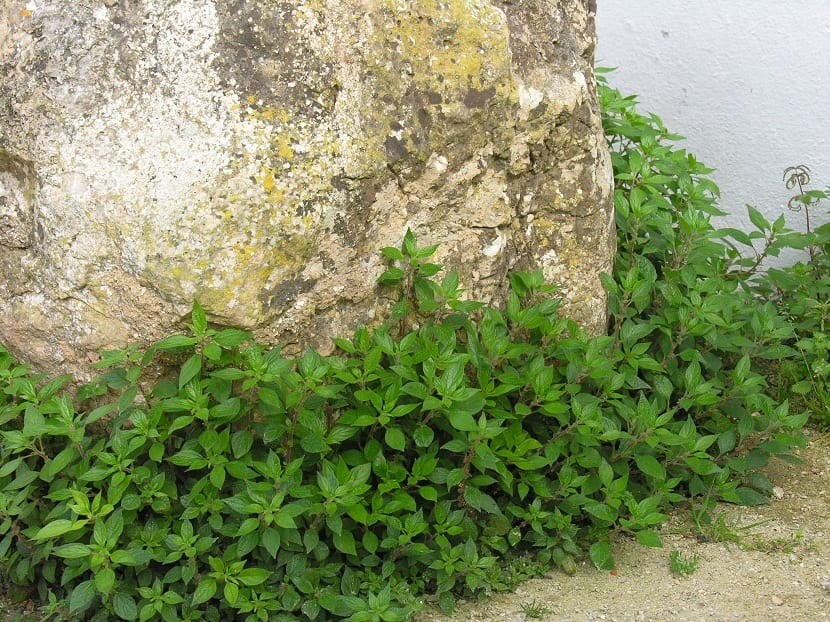
Once we have moved on from cultivating the parietaria, we are going to put some emphasis on the important things that need to be known about the parietaria. The first thing is that the area where there is the most discomfort from your allergen in Spain is Andalusia. Olive pollen and grasses are also very frequent in patients living in Andalusia.
In Jaén the parietaria affects 30% of the population, since it is where there is more concentration of it. You can find this plant almost anywhere as it has the ability to adapt to isolated places. We can find it in large concentrations in the areas of Lugo, Coruña and Pontevedra. Even on the coasts of Catalonia we can find it having a strong incidence in allergic patients due to gusts of wind.
Some research has been carried out at the moment and during the last decades the parietaria has such a capacity for expansion that, somehow, strong colonies of its have been found in places far from the Mediterranean such as California, Australia or the Canary Islands.
What time of year is the most dangerous?
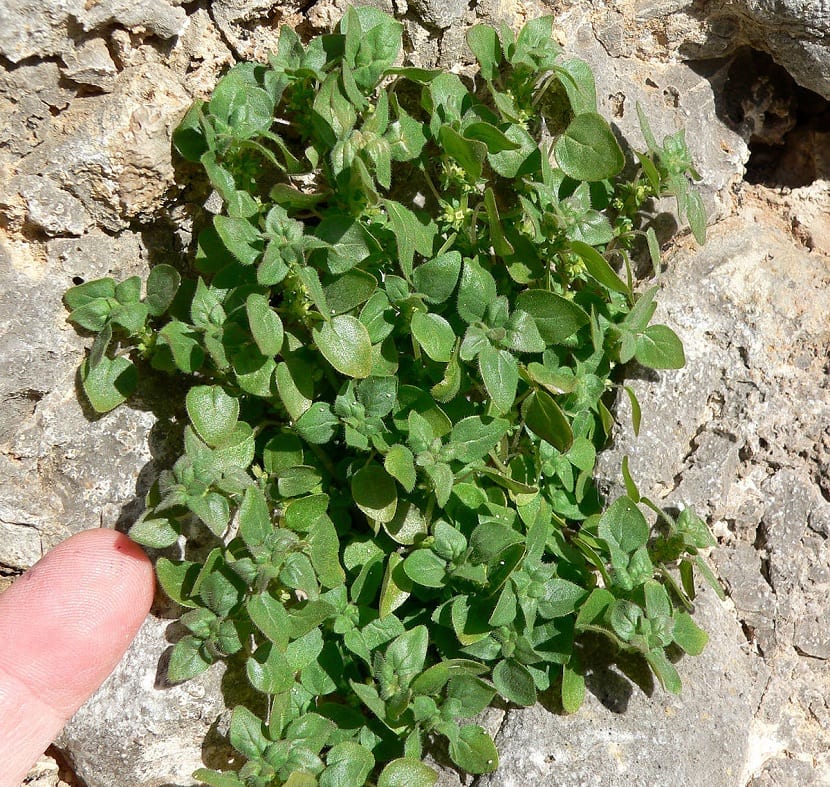
Although the parietaria is a plant that causes allergies during most of the year, it also has a time when more. If temperatures are very low, pollination may be affected. But usually, they can be perfectly found in ruins, cracks in the walls and areas of scrub.
In Spain we have the most dangerous weather with irritating pollen from February to December. The pollen of the parietaria measures microns in size, so being so small it can remain in the air for a long time and be transported tens of kilometers.
Allergists are afraid of the most powerful months in which the pollen of the parietaria affects. One is from April to July and another is from September to October.
Among the most affected patients we find people between 15 and 30 years old and it seems that women are more affected than men. Depending on the place of residence, it has been possible to find a correlation with an increase in the rate of allergic incidents by this plant. There is less incidence of parietaria in those whose domicile is more inland than not far from the sea.
There are a few ways to treat allergies. You have to think in advance that there is no total remedy against allergies, but that the treatments are focused on reducing the symptoms to facilitate the day-to-day life of patients. The main thing is not to breathe the allergen. One of the ideal recommendations is not to leave the house on days of more allergy when you are pollinating or there are streaks of time.
The best solution is to get vaccinated against the allergy of the parietaria. With annual doses, year after year, the symptoms become more bearable and less.
I hope that with this information you can learn more about the origin of your allergy.